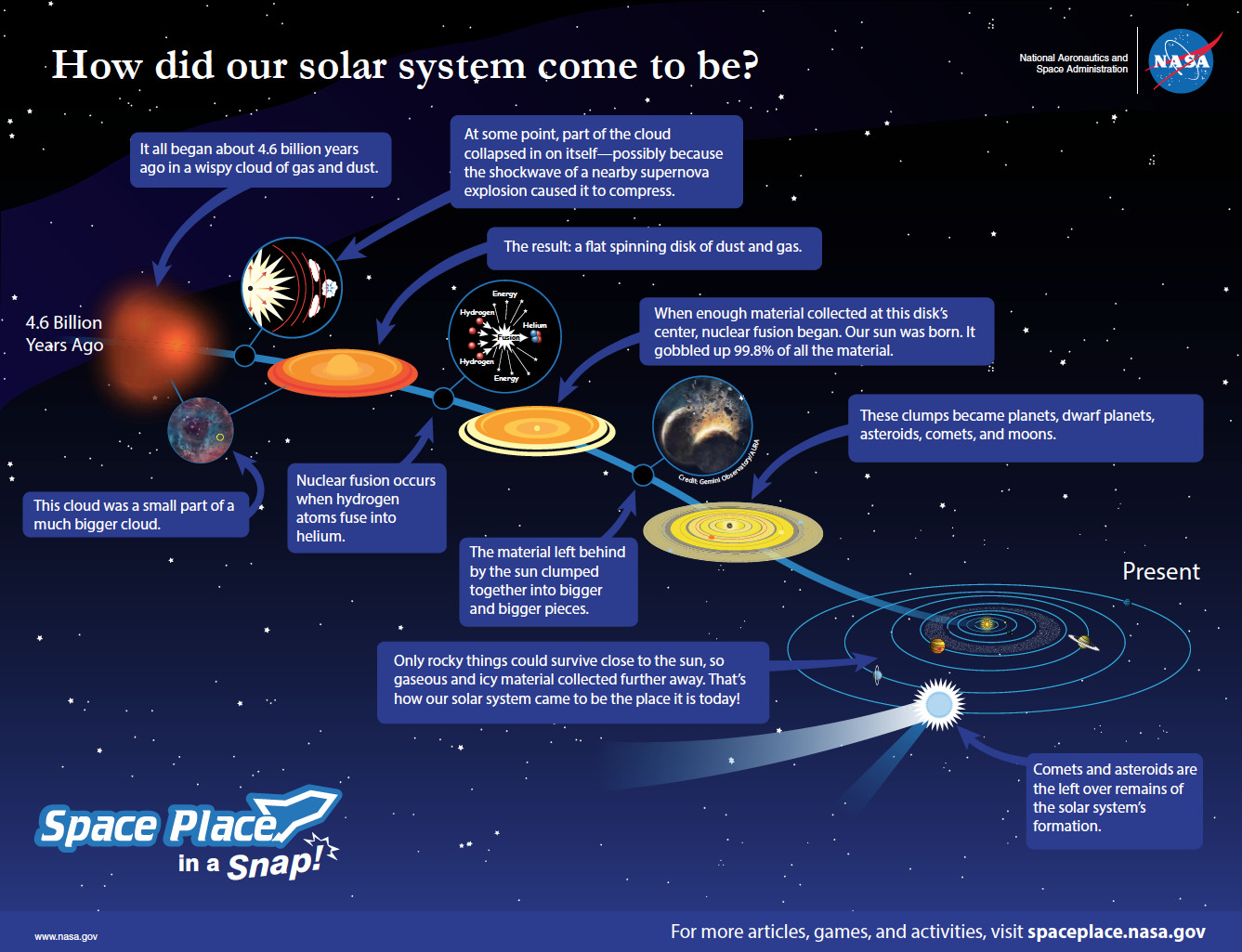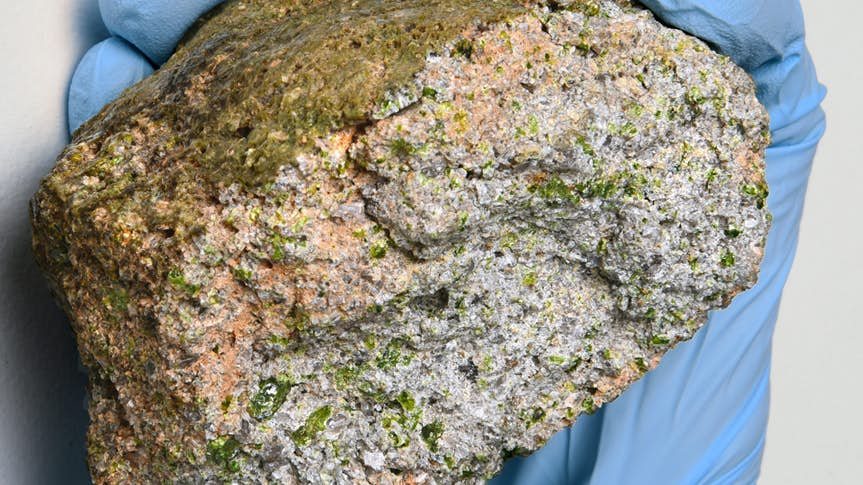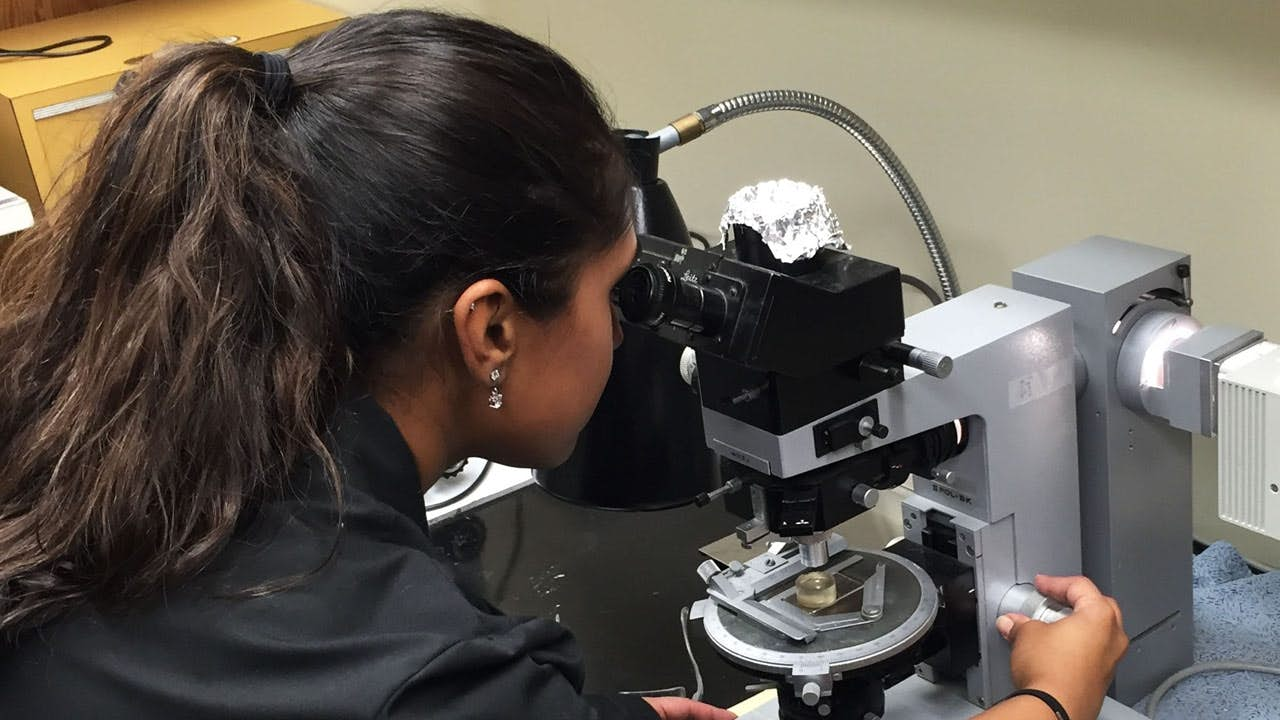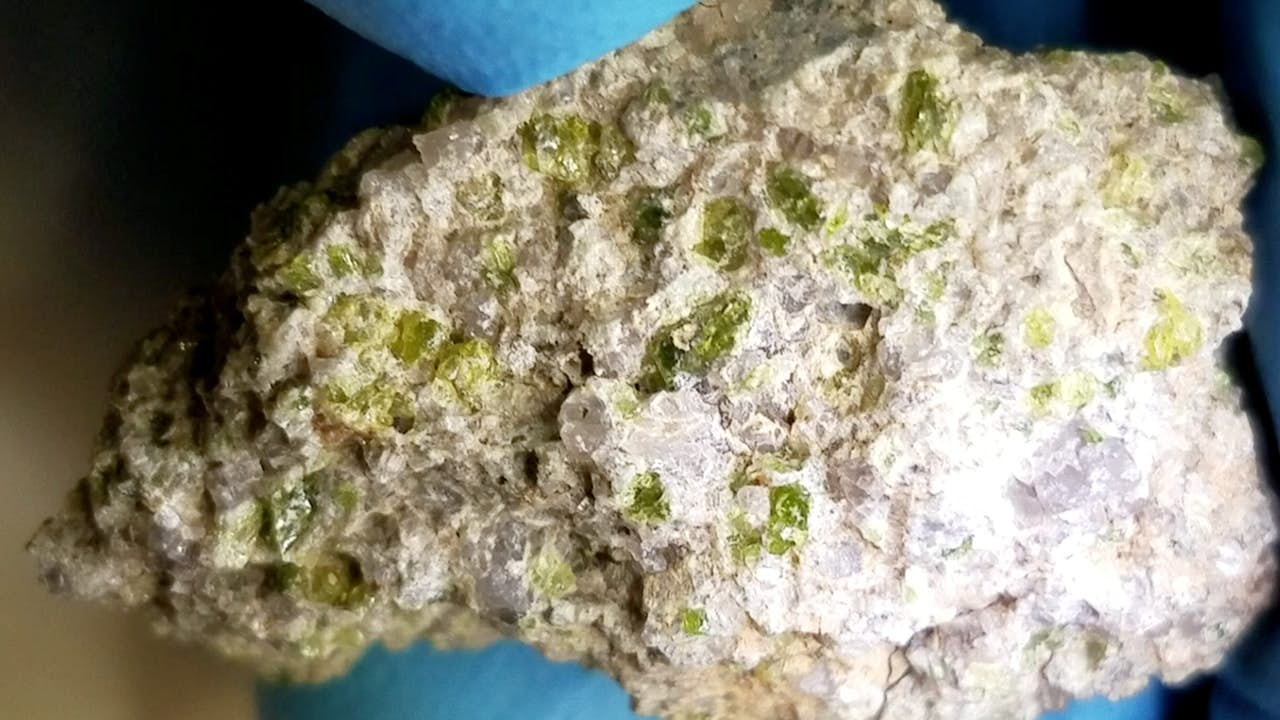
Approximately 4.6 billion years ago, our solar system was a cloud of dust and gas known as the solar nebula. As gravity caused the material to collapse in on itself, it spun faster and faster and eventually flattened into a disk. Researchers believe that most of the material accumulated in the center, to form the sun, while the rest clumped together, creating protoplanets – balls of gas, dust, and rocks, about the size of Mercury or Mars. Over the years, some of the protoplanets collided to form our eight planets, while the rest continue to whirl around the sun as asteroids or rocky debris. However, the one thing scientists are not sure is the process by which the planets came together. Now, a 4.565 billion-year-old space rock, the oldest igneous meteorite ever discovered, may provide clues to this age-old mystery.
The baseball-sized space rock, dubbed Northwest Africa (NWA) 11119, was discovered in a sand dune in Mauritania, Africa. It came to light in 2016 when Carl Agee, a planetary geologist and meteorite curator at the University of New Mexico (UNM), acquired it from a meteorite dealer. The object, which sports a lighter color and green crystals, similar to the volcanic rocks on Earth, was unlike any meteorite discovered before. "We did not think this rock was a meteor at all. We thought it was from Earth," UNM postdoctoral student and lead author Poorna Srinivasan told Live Science.

While an analysis of its oxygen isotopes confirmed that NWA 11119 was indeed from outer space, the large silica tridymite crystals, which accounted for 30 percent of the rock’s mass, were more akin to the composition of volcanic rocks on Earth than meteorites. The biggest surprise came when chemical analysis of NWA 11119 revealed it to be 4.565 billion years old! This means that the space rock was floating around space three million years prior to the birth of our solar system, around the time when protoplanets were just starting to form.
Agee, who co-authored the study published in the journal Nature on August 2, 2018, said, “The age of this meteorite is the oldest, igneous meteorite ever recorded. Not only is this just an extremely unusual rock type, it’s telling us that not all asteroids look the same. Some of them look almost like the crust of the Earth because they’re so light colored and full of SiO2 (silicon dioxide.) These not only exist, but it occurred during one of the very first volcanic events to take place in the solar system.”

Since NWA 11119 is an igneous meteorite – formed by the cooling and solidification of magma or lava – similar to the material in Earth's crust, the researchers suspect that it may be from an asteroid whose crust may formed in a way similar to that our planet. "Based on oxygen isotopes, we know it's from an extraterrestrial source somewhere in the solar system, but we can't actually pinpoint it to a known body that has been viewed with a telescope. However, through the measured isotopic values, we were able to possibly link it to two other unusual meteorites (Northwest Africa 7235 and Almahata Sitta) suggesting that they all are from the same parent body – perhaps a large, geologically complex body that formed in the early solar system," says Srinivasan.

There are still many missing pieces to the puzzle of the birth and evolution of the planetary bodies in our solar system. However, Srinivasan believes the rock may help researchers understand “what an earlier version of Earth might have looked like.”
Resources: sciencedaily.com, livescience.com, newatlas.com
